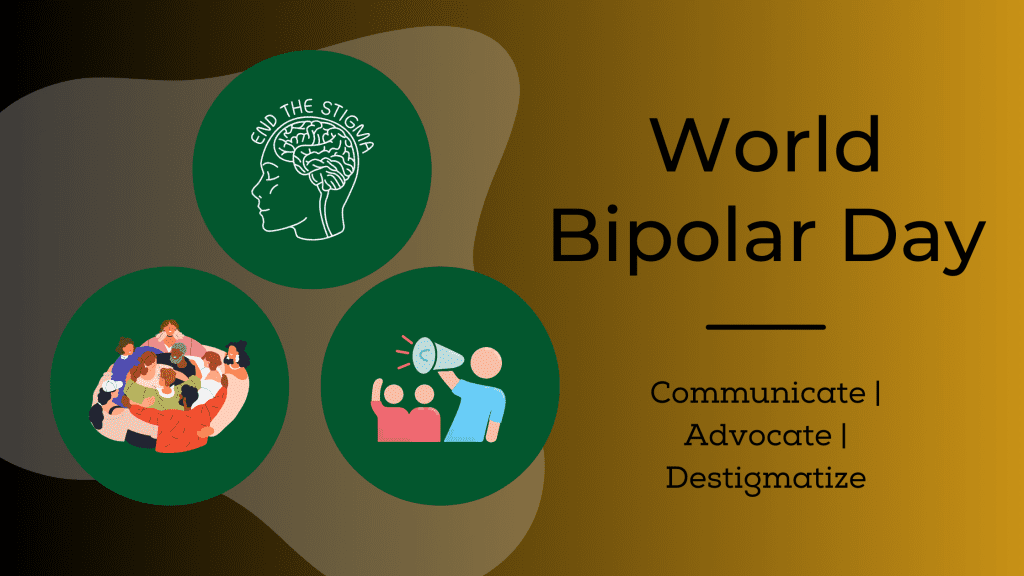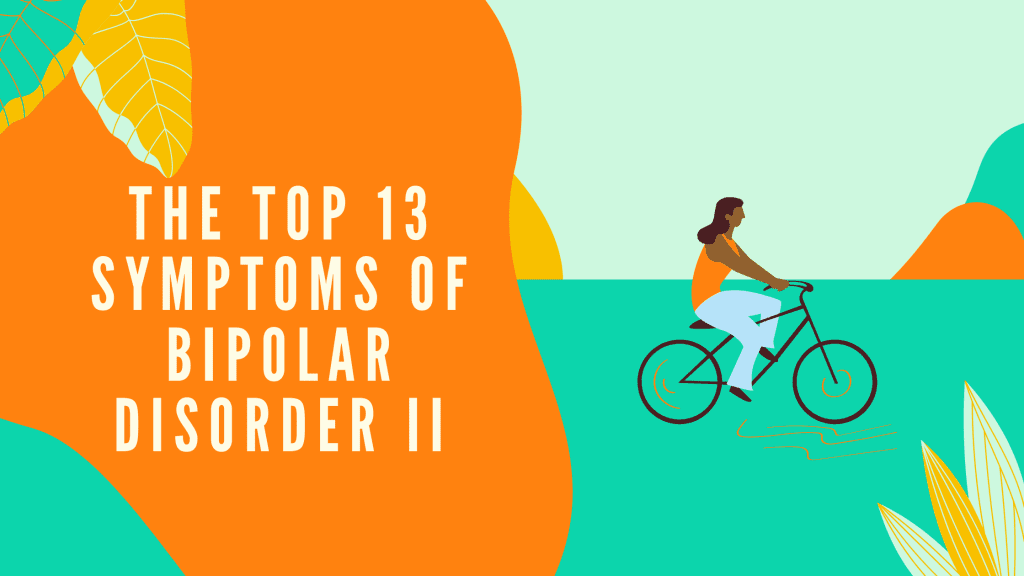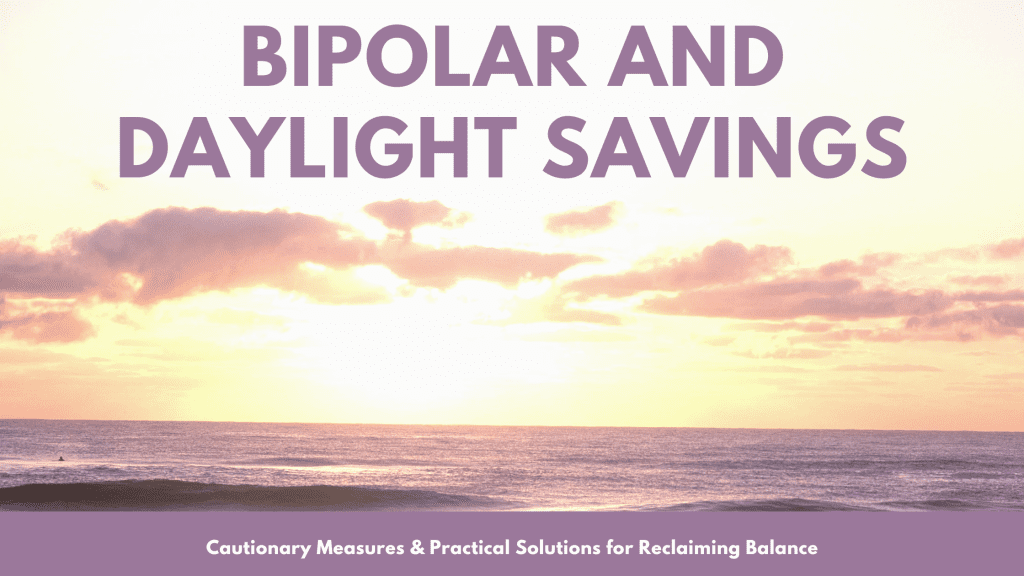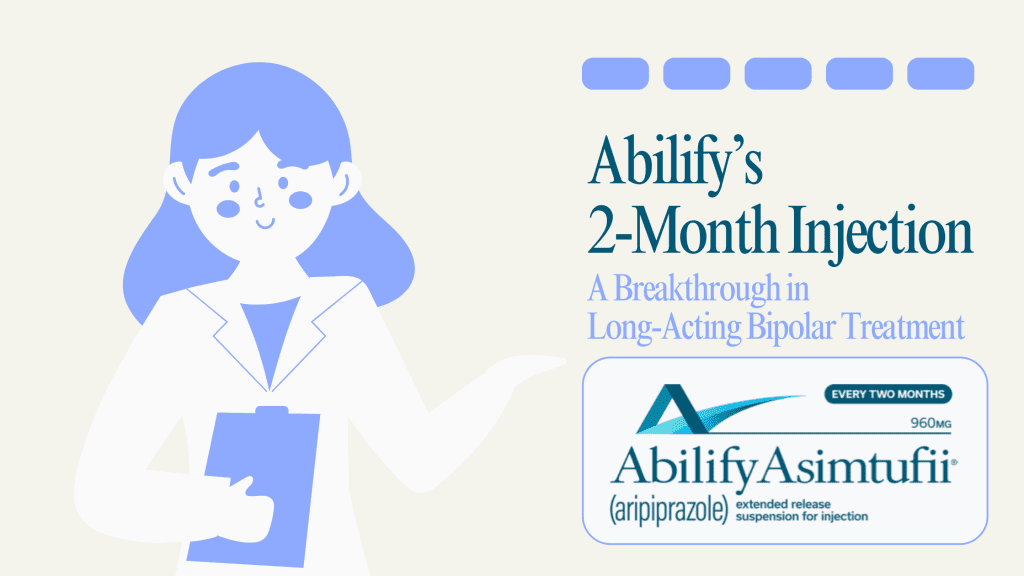World Bipolar Day
World Bipolar Day A Day of Awareness, Strength, and Connection Every year on March 30th, people around the world take a moment to recognize World Bipolar Day. The day happens to align with Vincent Van Gogh’s birthday. This isn’t just another awareness day—it’s a movement. It’s a chance to break the silence, shatter misconceptions, and build bridges of understanding. If you live with bipolar disorder, this day is for you. It’s a day to learn, connect, and remind yourself that you are not alone. For more guidance on bipolar disorder, check out our book and masterclass to reclaim control of your life. You can also check out our free resources. What is World Bipolar Day? World Bipolar Day falls on March 30th, the birthday of the legendary artist Vincent van Gogh, who is believed to have had bipolar disorder. The day was created to educate the world and to stand up against the stigma surrounding mental health. Supported by organizations like the International Bipolar Foundation (IBPF), the Asian Network of Bipolar Disorder (ANBD), and the International Society for Bipolar Disorders (ISBD), this day is about empowerment, not pity. Misinformation about bipolar disorder runs deep, but World Bipolar Day is here to set the record straight. It’s about rewriting the narrative—not one of struggle, but of strength. Millions of people live with bipolar disorder, yet many feel isolated. This day exists to change that. How Can World Bipolar Day Help You? If you have bipolar disorder, World Bipolar Day is more than a date on the calendar. It’s a wake-up call. A reminder that there’s a global community standing beside you. Let’s dive into how you can make the most of this powerful day. 1. Build Your Support System Bipolar disorder can feel lonely, but World Bipolar Day proves that you are never truly alone. It’s a day to reach out, to connect with people who understand your journey. The world is talking about bipolar disorder today—join the conversation. Suggested Actions: Join an online community like BP Harmony or bpHope. Follow #WorldBipolarDay on social media and connect with others sharing their stories. Attend virtual or in-person events hosted by mental health organizations like the Depression & Bipolar Support Alliance. 2. Learn Something New About Bipolar Disorder Knowledge is power. The more you understand your condition, the stronger you become. World Bipolar Day is the perfect opportunity to dive into research, listen to experts, and discover new strategies to manage your mental health. Suggested Actions: Read insightful articles from this blog and others like bphope. Watch expert-led webinars from BP Harmony & the Depression and Bipolar Support Alliance (DBSA). Check out the top books on bipolar disorder. Listen to mental health podcasts that explore bipolar disorder from different perspectives. 3. Break the Stigma—Share Your Story Bipolar disorder is often misunderstood. People assume, they judge, they label. But today? Today is different. World Bipolar Day is a chance to step forward, to tell the world what bipolar disorder really looks like—through your eyes. Suggested Actions: Share your journey on social media using #WorldBipolarDay. Write a blog post or submit an article to a mental health platform like us! Wear a green ribbon, the symbol for mental health awareness, and spark conversations. 4. Try a New Coping Strategy Managing bipolar disorder is an ongoing journey. World Bipolar Day is a reminder to check in with yourself. What’s working? What’s not? Maybe today’s the day you try something new—something that brings balance, peace, or even joy. Suggested Actions: Experiment with mindfulness, yoga, or guided meditation. Check out our free resources on mindfulness and meditation! Use mood-tracking apps like MoodMission or Daylio to monitor your emotions. Talk to a mental health professional about adjusting your treatment plan. 5. Celebrate Your Strength Bipolar disorder is not a weakness. It is a challenge, yes, but one that you face every day with courage. World Bipolar Day isn’t just about awareness—it’s about you. Your strength. Your resilience. Take a moment to honor your journey. Suggestion Actions: Write down three things you’re proud of in your mental health journey. Treat yourself to something that brings you happiness—a book, a nature walk, a favorite meal. Reach out to someone who has supported you and express your gratitude. Final Thoughts World Bipolar Day is more than a hashtag or an event—it’s a movement of hope, awareness, and connection. Whether you choose to educate yourself, share your story, or simply take a moment for self-care, you are part of something bigger World Bipolar Day is a reminder: You are not alone. Your voice matters. Your journey is important. Let’s work together to create a world where understanding and support replace stigma and silence.




